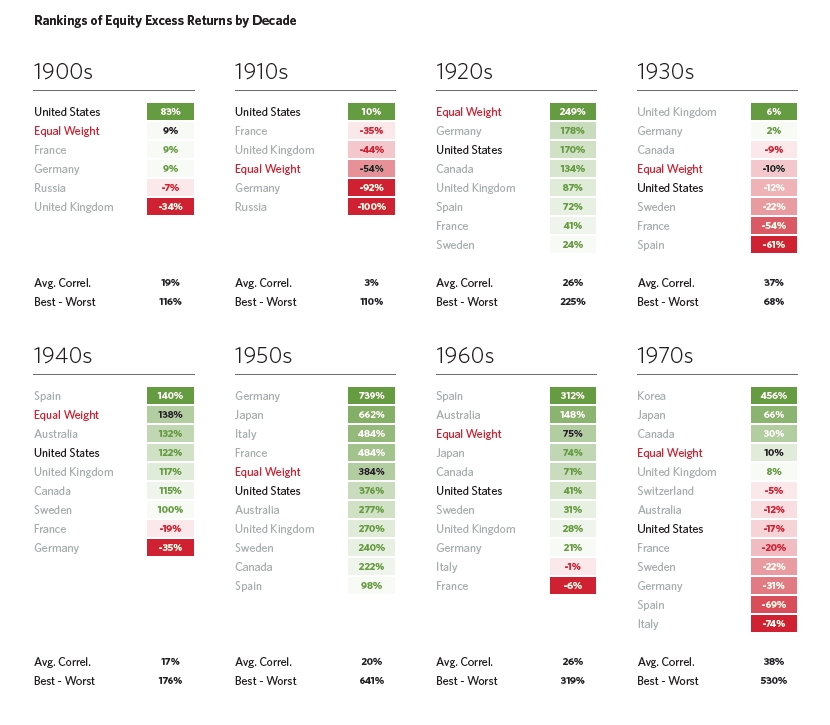The truth about CT scans: The common health check could drive 103,000 cancer cases, research warns
CT-associated cancer could eventually account for 5% of all new cancer diagnoses each year, the study projects.

Radiation is everywhere—in the air we breathe, the water we drink, the walls of our homes and offices, emanating from microwaves, at the dentist, and at the doctor if we break a bone. And we’re told, for the most part, that a certain amount of exposure is safe.
But what if some of that turns out to be wrong? It may just be—at least when it comes to one common diagnostic procedure, the computed tomography scan, commonly known as a CT scan.
A new study published in JAMA International Medicine found that CT examinations in 2023 are projected to result in approximately 103,000 future cancers over the course of the lifetime of exposed patients.
And if current practices persist at these same utilization and radiation dose levels, the researchers believe, CT-associated cancer could eventually account for 5% of all new cancer diagnoses each year—placing CT on par with other significant cancer risk factors, the researchers note, such as alcohol consumption (5.4%) and excess body weight (7.6%).
“CT is frequently lifesaving, yet its potential harms are often overlooked, and even very small cancer risks will lead to a significant number of future cancers given the tremendous volume of CT use in the United States,” writes lead author Rebecca Smith-Bindman, MD, of the Department of Epidemiology and Biostatistics, University of California, San Francisco.
The safety of CT scans has long been debated—particularly since what we know about cancer risks of low to moderate radiation doses come primarily from long-term studies of Japanese atomic bomb survivors or populations exposed to nuclear radiation leaks.
But evidence that CT damages DNA in adults already exists, the study points out, noting that a 2009 analysis estimated that approximately 29,000 future cancers would result from routine CT exposures in the U.S. in 2007. And since then, the number of CT examinations performed annually in this country has increased by more than 30%.
This new study is just the latest to question the safety of CT scans.
How do CT scans work?
These scans work like an X-ray, creating a window into your body. But instead of creating a flat, 2D image, according to the Cleveland Clinic, a CT scan takes “dozens to hundreds of images of your body” as the machine revolves around you as you are lying flat.
It’s used to help healthcare providers see what regular X-rays can’t show, taking pictures of bones, muscles, organs, blood vessels, certain types of cancer, fractures, heart disease, blood clots, bowel disorders, kidney stones, internal bleeding, and brain or spinal cord injuries.
It works by radiation—which, simply put, is energy that moves from one place to another in the form of waves or particles, according to the International Atomic Energy Agency. Non-ionizing radiation is a lower-energy form—microwaves, radio waves, and visible light—and for the most part, does not pose harm to one’s health.
Ionizing radiation—from sources including CT scans, X-rays, and nuclear power plants—causes changes at an atomic level when interacting with living organisms. High levels can damage cells or organs or even cause death.
But, explained medical physicist Lawrence Dauer of Memorial Sloan Kettering in New York City in a story on the topic, radiation exposure is measured in units called millisieverts, or mSv, and typically ranges from 1 to 10 mSv per CT scan
“To put that in perspective,” he said, “radiation protection experts estimate that the average person in the U.S. receives about 3 mSv per year from natural background radiation, which includes cosmic radiation from outer space.”
How did the scientists come to their conclusions?
To arrive at their projections, researchers looked at anonymous data from 143 hospitals and outpatient facilities across the U.S. as documented in the University of California San Francisco International CT Dose Registry. Using statistics from 2016 to 2022, researchers predicted 93 million CT examinations were carried out on roughly 62 million patients in 2023.
And based on the associated radiation risks, they estimated that CT scans in 2023 may be tied to 103,000 future cancers—especially those of the lunch, colon, bladder, and breast (for females), as well as leukemia.
What’s a patient to do?
While the current study does not offer patient guidance on how to limit CT radiation exposure, past studies, including an older one published in the New England Journal of Medicine, have suggested the following:
- That radiologists reduce the radiation dose delivered by a scanner, if possible, and especially for children
- Use alternative imaging whenever possible, including ultrasounds and MRI (magnetic resonance imaging)
- Limit CT scans to medically necessary situations, particularly if there are no symptoms
“We do consider alternatives for certain cases when appropriate,” said Dauer. “However, not all imaging gives us the same information. We can’t replace all CTs with MRIs for example, but when it makes sense, and it’s justified, we should.”
More on cancer risk:
- Cancer deaths are down, but rates in women under 50 are rising
- The number one diet change to lower your cancer risk, according to experts
- The dangers of drinking: Experts explain the 4 ways alcohol can cause cancer
This story was originally featured on Fortune.com



































































































































































